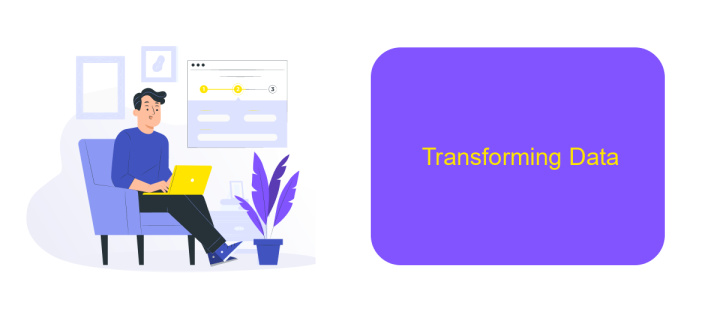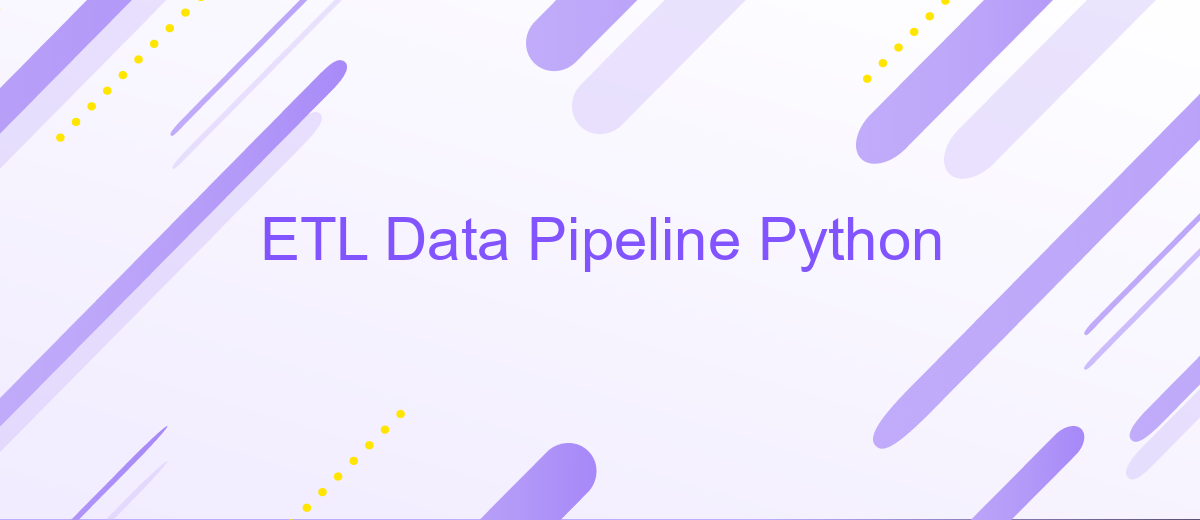ETL Data Pipeline Python
An ETL (Extract, Transform, Load) data pipeline is a crucial component in modern data engineering, enabling the seamless movement and transformation of data from various sources to a target database or data warehouse. Leveraging Python, a versatile and powerful programming language, developers can efficiently build and manage ETL pipelines to ensure data integrity, scalability, and performance.
Introduction to ETL Pipelines Using Python
ETL (Extract, Transform, Load) pipelines are essential for data integration and processing in modern data-driven environments. Python, with its extensive libraries and frameworks, provides a robust platform for building efficient ETL pipelines. These pipelines help in extracting data from various sources, transforming it into a usable format, and loading it into a target database or data warehouse.
- Extract: Collect data from diverse sources such as databases, APIs, and flat files.
- Transform: Clean, normalize, and enrich the data to meet business requirements.
- Load: Insert the transformed data into a target system for analysis and reporting.
Python's versatility and the availability of powerful libraries like Pandas, SQLAlchemy, and Airflow make it an ideal choice for ETL processes. Additionally, integration services like ApiX-Drive can simplify the extraction and loading phases by connecting various applications and automating data transfers, thus enhancing the efficiency of your ETL pipeline.
ETL Processes and Concepts

ETL, which stands for Extract, Transform, Load, is a fundamental process in data engineering. It involves extracting data from various sources, transforming it into a suitable format or structure, and loading it into a target database or data warehouse. The extraction phase collects raw data from multiple sources such as databases, APIs, and flat files. During transformation, data is cleaned, enriched, and converted into a format that is more suitable for analysis. Finally, the loading phase involves writing the transformed data into the target system, ensuring that it is readily accessible for querying and reporting.
Understanding the ETL process is crucial for building efficient data pipelines. Tools like ApiX-Drive can greatly simplify the integration and automation of ETL processes. ApiX-Drive allows seamless connectivity between various data sources and destinations, automating the data extraction and loading steps. This not only reduces manual efforts but also minimizes errors, ensuring data consistency and reliability. By leveraging such services, organizations can streamline their ETL workflows, making data more accessible and actionable for business intelligence and analytics.
Extracting Data from Sources

Extracting data from various sources is the first crucial step in building an ETL data pipeline using Python. This process involves connecting to different data sources, such as databases, APIs, and flat files, to gather the necessary information for further processing. Ensuring seamless integration and accurate data retrieval is essential for the success of the entire pipeline.
- Identify the data sources: Determine the types of data and their respective sources, such as SQL databases, NoSQL databases, RESTful APIs, and CSV files.
- Set up connections: Use Python libraries like `pandas`, `requests`, and `sqlalchemy` to establish connections with the identified data sources.
- Extract data: Write Python scripts to query databases, call APIs, and read files to extract the required data. Consider using ApiX-Drive for simplified API integration and data extraction.
By following these steps, you can effectively extract data from multiple sources and prepare it for the subsequent transformation and loading stages of the ETL pipeline. Leveraging tools like ApiX-Drive can streamline the integration process, making it easier to manage and automate data extraction tasks.
Transforming Data

Transforming data is a crucial step in the ETL (Extract, Transform, Load) pipeline. It involves converting raw data into a structured format that can be used for analysis. This process includes cleaning, normalizing, and enriching the data to ensure its quality and consistency.
Data transformation can be achieved using various Python libraries such as Pandas, NumPy, and SciPy. These libraries provide powerful tools for manipulating data frames, performing mathematical operations, and applying statistical methods. Additionally, you can use custom functions to address specific transformation requirements.
- Data Cleaning: Removing duplicates, handling missing values, and correcting errors.
- Data Normalization: Converting data into a common format or scale.
- Data Enrichment: Adding additional information to the dataset from external sources.
For seamless integration and automation of data transformation processes, services like ApiX-Drive can be utilized. ApiX-Drive allows you to connect various applications and automate data workflows without requiring extensive coding. This enhances the efficiency and scalability of your ETL pipeline, making it easier to manage and transform data from multiple sources.
- Automate the work of an online store or landing
- Empower through integration
- Don't spend money on programmers and integrators
- Save time by automating routine tasks
Loading and Managing Data
Loading data into your data warehouse is a crucial step in the ETL pipeline process. In Python, this can be efficiently handled using libraries like SQLAlchemy for SQL databases or the cloud-specific SDKs for services like AWS Redshift or Google BigQuery. These tools allow you to establish a connection to your target database, define your schema, and load data in a structured manner. It's important to ensure that the data is clean and validated before loading to prevent any inconsistencies or errors in your data warehouse.
Managing data after loading involves monitoring, updating, and maintaining the data to ensure its accuracy and relevance. Tools like ApiX-Drive can be instrumental in automating the integration and synchronization of data across various platforms. ApiX-Drive simplifies the process of connecting multiple data sources and ensures that data flows seamlessly between them. This not only saves time but also reduces the risk of manual errors, making your data management process more efficient and reliable.
FAQ
What is an ETL Data Pipeline in Python?
Which Python libraries are commonly used for building ETL pipelines?
How can I automate an ETL Data Pipeline in Python?
What are some best practices for designing an ETL Data Pipeline in Python?
Can I integrate data from multiple sources in an ETL pipeline using Python?
Do you want to achieve your goals in business, career and life faster and better? Do it with ApiX-Drive – a tool that will remove a significant part of the routine from workflows and free up additional time to achieve your goals. Test the capabilities of Apix-Drive for free – see for yourself the effectiveness of the tool.


